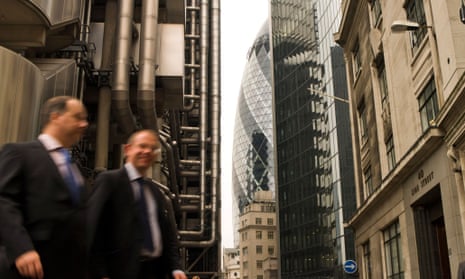Executive pay is falling in real terms with just under half of chief executives receiving no rise in their salaries this year, according to research by PricewaterhouseCoopers.
The report says bonus payments to CEOs of the FTSE 100 have increased by 3% after three years of decline. But total pay for CEOs – including salary, benefits and payouts from long-term incentive plan (LTIPs) – rose by an average of 0.7%, to £3.5m. This is because performance conditions on long-term incentive plans were harder to achieve with payouts falling to less than half (47%) of the maximum award available, PricewaterhouseCoopers said.
According to the report, this means executive pay is falling once inflation (which is now at zero but was 1.5% in 2014) is taken into account.
The report reveals 45% of FTSE 100 companies have frozen CEO salaries this year, up from 25% last year. One in five of those chief executives have chosen to waive their salary increase. Overall, salaries have gone up by 2% on average.
The findings are based on the first 39 remuneration reports of FTSE 100 companies that reported up to 25 March.
Most companies have introduced best practice remuneration structures in response to shareholder demands, PricewaterhouseCoopers said 98% of companies have introduced measures to reduce or recover bonuses and long-term incentive plans in certain circumstances, known as malus and clawback. And 60% of companies now operate a holding period on their long-term incentive plan, requiring executives to hold shares after they have vested.
Tom Gosling, head of PricewaterhouseCoopers’s UK reward practice, said: “Early 2015 data shows that the pattern of recent years has become a trend. Executive pay is no longer increasing and indeed is falling slightly in real terms.
“At the same time, pay is getting harder to earn, with almost all companies introducing the ability to claw back bonuses and many lengthening the time executives have to hold onto the shares they get from long-term incentives. Remuneration committees are really raising the bar for executive pay.”
However, only 20% of companies are bringing back the remuneration policy for a new binding vote.
Two-thirds of the companies surveyed now disclose financial bonus targets used for the year just ended, and nearly half give full details of threshold, target and maximum performance levels required to earn bonuses.
